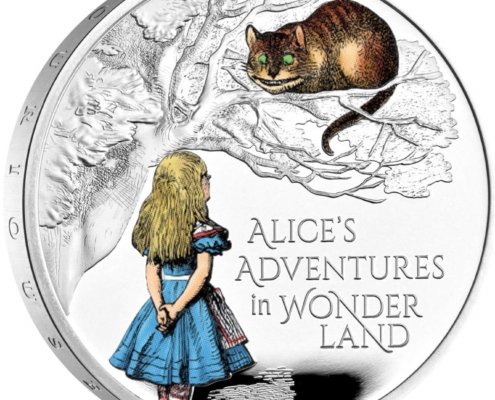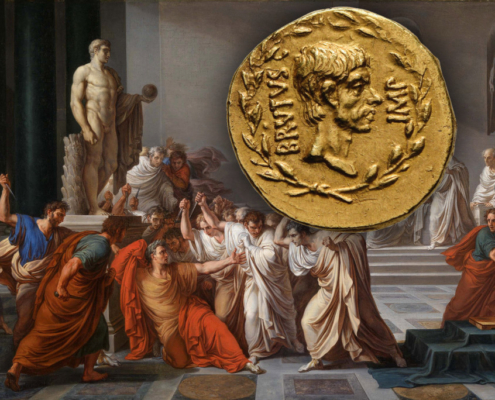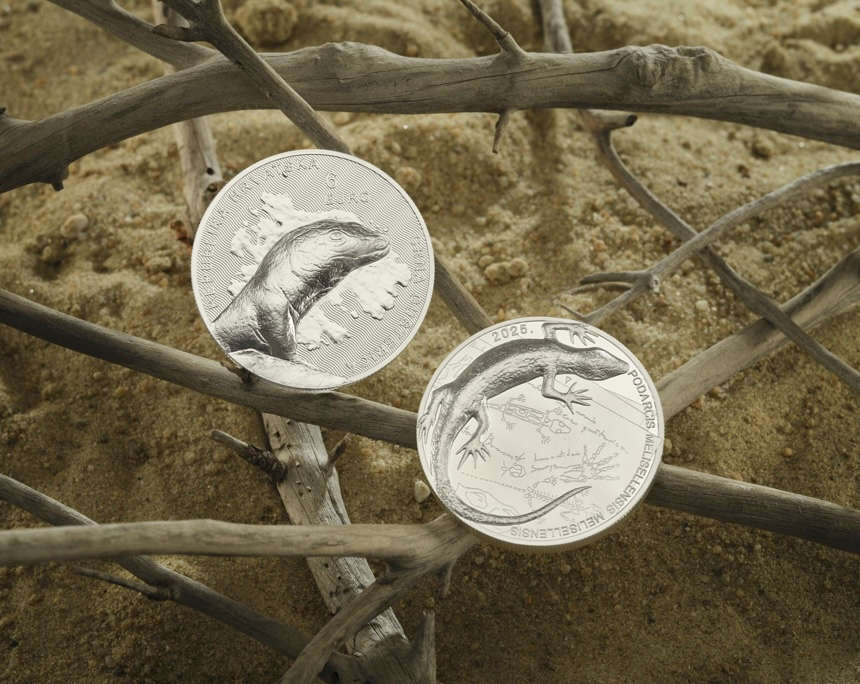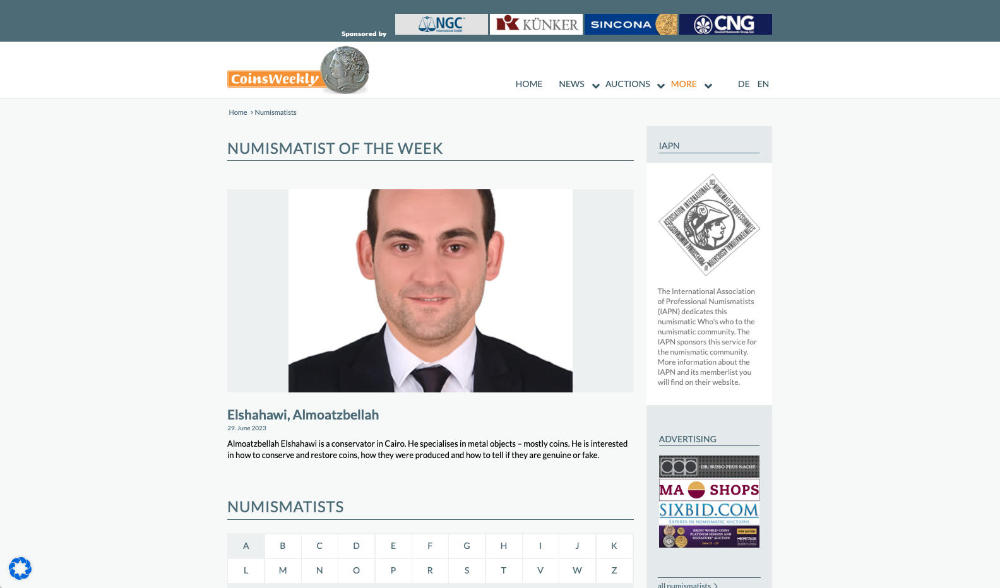Friedrich Wilhelm, the Great Elector.
Ducat 1686 LCS, Berlin.
Extremely rare.
Attractive piece.


Maximilian II.
Ducat 1855.
Only a few pieces are known.
Extremely fine-uncirculated.

Ferdinand Albrecht I.
Löser in the weight of 4 Reichstalers 1670, Clausthal.
Extremely rare.
Attractive piece.

Friedrich Adolf.
5 Ducats 1711, Detmold.
Only known piece.
Extremely fine-uncirculated.

6 Ducats, n. d. (1765-1790), with the title of Joseph II.
NGC MS 62 PL.
Extremely rare.
Attractive piece from polished dies.
Almost uncirculaed.

Johann Adolf, 1590-1616.
Portugalöser (10 ducats) n.d., Eutin.
Extremely rare and of particular
significance in monetary history.
Attractive piece.

Leopold I, 1657-1705.
20 Ducats, n. d. (after 1666), Hall,
by M. König.
Extremely rare.
Almost extremely fine.

Archive: People and Markets
The Black Lizard from Brusnik Island in Ultra-High Relief
Croatia is home to a lizard species that would have impressed even Darvin himself: the autochthonous black lizard, found only on the island of Brusnik. On 14 March 2024, Croatia issued three collector coins in its honour. Now the fourth, a two-ounce silver version in ultra-high relief, has been released.
Our Who’s Who Is Here!
Our entire Who’s Who for numismatists and collectors is now available on our new website. This is another important step on our path towards transitioning from our old to the new site. And there is more!
Archive: Coins, Medals and more

Courageous Girls in the Coin Wonderland
Gabriele Sturm illustrates how courageous heroines from children’s and young adult literature are depicted on modern coins.

The Eve of the Battle of Philippi: An Aureus Featuring the Portrait of Brutus
On 9 December 2024, Numismatica Genevensis will be auctioning an extremely rare aureus featuring a portrait of Brutus. The coin, estimated at CHF 750,000, was minted to pay the soldiers who fought for Brutus in the final battle at Philippi.













German Collector Coins – Where Are the Collectors?
Every few months, Germany’s latest collector coins can be bought at face value at the counters of the Bundesbank. Sebastian Wieschowski has been on site as a collector and roving reporter for many years. He wonders: why do fewer and fewer coin enthusiasts want to be there when new additions to their own collections are being released?
The Nasser D. Khalili Collection of Islamic Coins: Now Available Online
The Khalili Collections are in the process of digitizing the Nasser D. Khalili Collection of Islamic coins, one of the largest private collections in this field. Over the next two years, around 13,000 coins will be made available on the official website, which already features 2,280 coins.